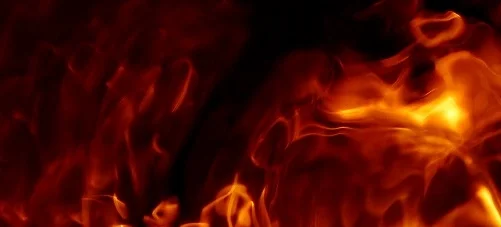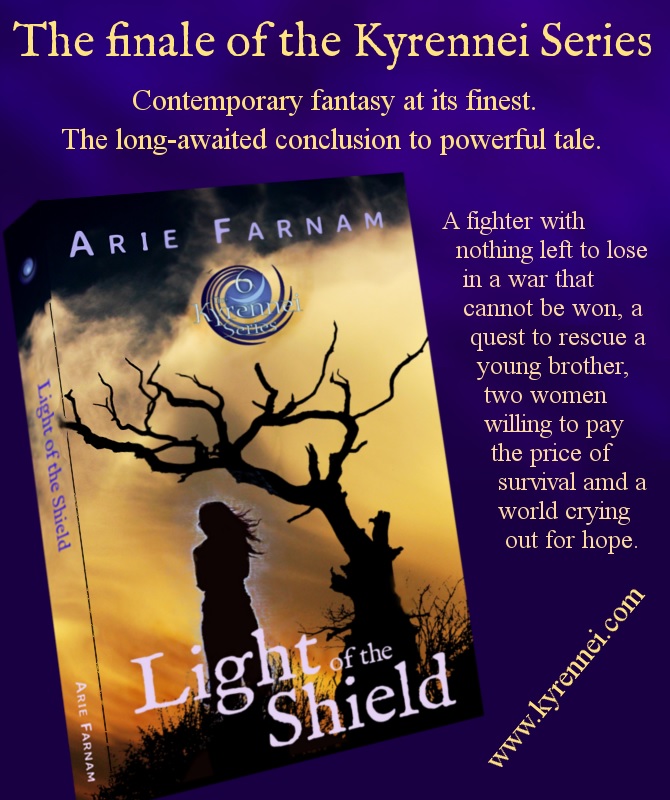A line drawn in stone
/What precisely separates Extinction Rebellion from Nazis, Stalinists and other massive, disruptive movements?
There once was a young man named Thomas who grew up in poverty and without hope, until one day a leader and a movement came and gave him hope and something to fight for.
He marched and demonstrated for a better future. He worked alongside others like him and felt the thrill of idealism and the bond of solidarity.
But his movement was the Hitler Youth. And as an old man he gave me a warning.
In another time and another place, there was a seventeen-year-old girl named Marie who followed a more decentralized, grassroots movement. She too had seen hardship and despair all around her. This movement wasn't just against something. It was for something--for equality and justice.
She knew hope and was willing to die for her cause. As an old woman living in the ashes and rubble of the Soviet Union, she showed me the Stalinist pins she collected that year she was seventeen.
Creative Commons image by Eric Wüstenhagen
After decades passed and the world changed, there was a young student of nineteen named Jan, idealistic, yet savvy. He'd studied all of the history and he knew to be on guard against power-hungry leaders. He beat the pavement and struggled none-the-less.
His band of anarchists and revolutionaries organized a few anti-globalization demonstrations, kept their independence and managed not to fall into the pitfalls of the past. But finally bickering and exhaustion took them down. Jan left his ideals behind and joined the exploitative world of unsustainable business-as-usual he had once raged against.
Again time rolled by and now there is a sixteen-year-old girl named Josefina wielding hope against despair. There is a movement and a stark black symbol on a flag.
This time the fight is not just against poverty, hunger and injustice, though it is about all that. It is a fight for our very lives, for the last hope of a future where our children will even be alive.
If there has ever been a worthy struggle, this is it.
All around the world, people are rallying and demanding change. I have been in activism for thirty-odd years and I have never seen a movement grow like this, doubling in weeks, raising people out of quiet backwaters in the middle of a sweltering, lazy summer to come to meetings and organize action.
i was sixteen when I met Thomas and I didn't judge him because he had never been in it for hatred and he regretted it. And because I too wished for a movement that would give me hope. I only knew I didn't want to fall for something corrupted as he had and idealism seemed a discredited thing for a lost generation.
I was twenty-five when I sat with Marie and I had been an activist but I didn't feel I belonged anywhere. A lot of my friends said they just weren't joiners, but I wanted to be a joiner. I just didn't see anything worth joining.
There were causes and activist organizations, but many of them had all the warning signs of cliquish social exclusivity, abuse of power, cult-like dynamics, unreliability, lack of accountability or demands that were either too watered down and vague or too specific and exclusionary. Even Jan's movement, though I personally liked him, had many of those flaws.
Now, I am forty-three and I stand in awe next to Josefina on the front line of an Extinction Rebellion blockade. This is where I make my stand.
Here in the Czech Republic an internet meme recently appeared showing the XR hourglass symbol with the caption: "The Nazis had the swastika. The Stalinists had the hammer. The climate-ists have this."
And most of our rebels just laughed at it. They made fun of it and passed it around on the internet as a joke. "Haha. How twisted!" But I didn't laugh.
What is it exactly that separates us from the early Nazis or Stalinists or other "idealistic" movements that went bad and turned to genocide?
We either answer that question unequivocally or we have no right to call the likes of Josefina to stand with us.
We are vast and incredibly fast growing. We are uncompromising in our convictions and we're willing to do almost anything to achieve our goals. We are willing to disrupt the lives of ordinary people.
We demand sacrifices for the greater good and for the future. We are done talking and discussing. When climate deniers come along and want to engage us in a long discussion about the science, we send them a few documents and then block them on social media if necessary.
Ain't nobody got time for that. We are in a fight for our lives and the lives of our children.
So, what is it? What makes us the good kind of massive, disruptive mob?
We are non-violent. Sure, we are, but not every climate activist is. And many an idealistic movement started out declaring non-violence. We like to talk about Gandhi and the US civil rights movement. And those are good examples but not every social movement that starts out non-violent ends that way and some end up simply being the non-violent wing of something that goes bad.
So, I don't think it is a laughing matter to ask this question. We ourselves say we are facing the very real likelihood of massive death, caused by climate change. Is it so hard to imagine that in ten years, as the crisis deepens and great numbers of people are thrown into desperation for survival, that our massive, coordinated movement could become a force for hurt?
It is not hard for me to imagine and that is why I am determined to put my energies into a safeguard.
Non-violence is a good start. But it is the concept of Regenerative Culture, developed over generations of activist experience, from the US civil rights movement to the anti-nuclear blockades in the UK, through the anti-fracking movement to today's Extinction Rebellion, that makes this movement different.
As my readers know, I'm mostly blind and I've seen my share of social exclusion and bad human behavior in my time. When I walked into my first Extinction Rebellion meeting, I had my doubts and skepticism. I'd seen enough examples of flaky, egotistical and/or slapdash activist groups to be wary.
And that first meeting blew my mind. Not only were they organized but there was a welcoming and friendly atmosphere that I have rarely encountered in groups of any kind. I didn't know it then, but that atmosphere was no accident caused by the people in the room just happening to be well-adjusted and nice.
It comes from a consciously developed and conscientiously implemented practice called "Regenerative Culture," which incorporates social inclusion, mutual support, conscious awareness, rigorous non-violent communication training, social sustainability and self care.
The concept of Regenerative Culture is not a nice, fluffy extra added onto Extinction Rebellion activities to make good atmosphere at meetings and sing songs during blockades. Instead it is the bedrock on which the foundations of the movement have been laid.
That is why we are different and as long as we don't ever lose sight of it, it will guarantee we don't go either toward tyranny or toward dissolution. At its core, Regenerative Culture is that line, a line that must be drawn in stone, not in sand.
The fact is that everyone thinks they are the good guys. Thomas thought he was just reaching for hope. Marie thought she was standing for justice. Jan was convinced that his activist group, not the one next door, was the only hope for social justice.
And in Extinction Rebellion we are equally convinced that we are right. We have now ninety-nine percent of climate scientists saying we are correct that human activities are destabilizing our climate, that this will have devastating and lethal effects and that we have a few short years to change course. We have reason to be staunch in our convictions.
The difference lies in how we treat one another first and second how we treat others.
The elements of Regenerative Culture are:
Non-violence in action
Non-violent communication
Respectful behavior toward all, including those who insult, jail, beat or kill us
Mutual support materially and emotionally
Acceptance of everyone and every part of every one
No shame and no blame
Rotating roles of power
A focus on amplifying the voices of underrepresented population groups
Self-care and prevention of burn-out
It is impossible to convey the entirety of Regenerative Culture in one post. I will be posting more about this, including this week’s post on conflict resolution in groups for inclusive resistance, social justice and environmental defense here.












